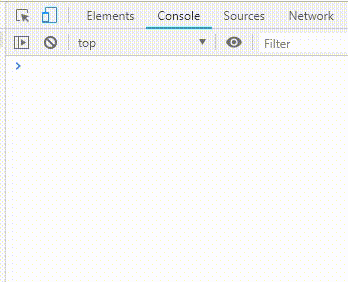Closures Explained with a Practical Example
While preparing for Javascript interviews a while ago, I came across an interesting challenge:
Write a function that takes in a string (person's name) and it is able to output one letter at a time using closures.
Even though I knew what closures were, I didn't fully understand them. After working through the challenge and playing with it for a while, I had an "AHA!" moment and finally got them. Let's dive in.
First of all, what are closures?
The best definition I've encountered comes from Kyle Simpson's book, You Don't Know JS Book (which is an amazing resource to learn JS):
Closure is when a function is able to remember and access its lexical scope even when that function is executing outside its lexical scope.
I like this definition because it sums it up perfectly: closures enable us to remember and access the lexical scope of the parent function.
Lets take a look at the function I wrote to complete the interview prep challenge:
function outer(str) {
let index = 0;
return function inner() {
return str[index++];
};
}
const nelson = outer("nelson");
console.log(nelson()); // "n"
console.log(nelson()); // "e"
console.log(nelson()); // "l"
console.log(nelson()); // "s"
console.log(nelson()); // "o"
console.log(nelson()); // "n"Lets analyze the code. The outer function contains three things:
- A variable ( index ) initialized to 0.
- The parameter being passed: str
- A
returnstatement which gives back a new function called inner . This function (when invoked) simply logs the letter from the str variable on position index. The ++ after the index variable will add 1 to index 's value every time the function is invoked.
A couple of lines below, outside of the function declaration, the outer function is invoked with the string "Nelson" as a parameter. At this point, since it was invoked, it returns the inner function which is then assigned to a variable nelson. When this new function (nelson()) is invoked, it remembers the lexical scope it had when it was declared, and hence, it remembers and can access the value of index and the value of str (which in this case is the name "Nelson") allowing the code to work and logging each letter of the name given.
So on the first invocation of the nelson function, index will be equal to 0 so the letter "n" is logged. On the second invocation, index is equal to 1 and the function is able to log "e" . Thanks to closures, the pattern continues successfully.
Having the closures ready, I added an if statement that checks when there are no more letters to display and at that point, display a little message using the variables remembered by the inner function. Also, I added a small timer that displayed one letter per second.
function outer(str) {
let index = 0;
return function inner() {
if (str[index] !== undefined) {
return str[index++];
} else {
return `Done! The name ${str} is ${index} letters long`;
}
};
}
const nelson = outer("Nelson");
const timer = setInterval(function () {
let letter = nelson();
if (letter.length === 1) {
console.log(letter);
} else {
clearInterval(timer);
console.log(letter);
}
}, 1000);Output:

Hope you found this one useful.
Support
If you enjoyed this post and found it useful, consider buying me a coffee. Thanks in advance!